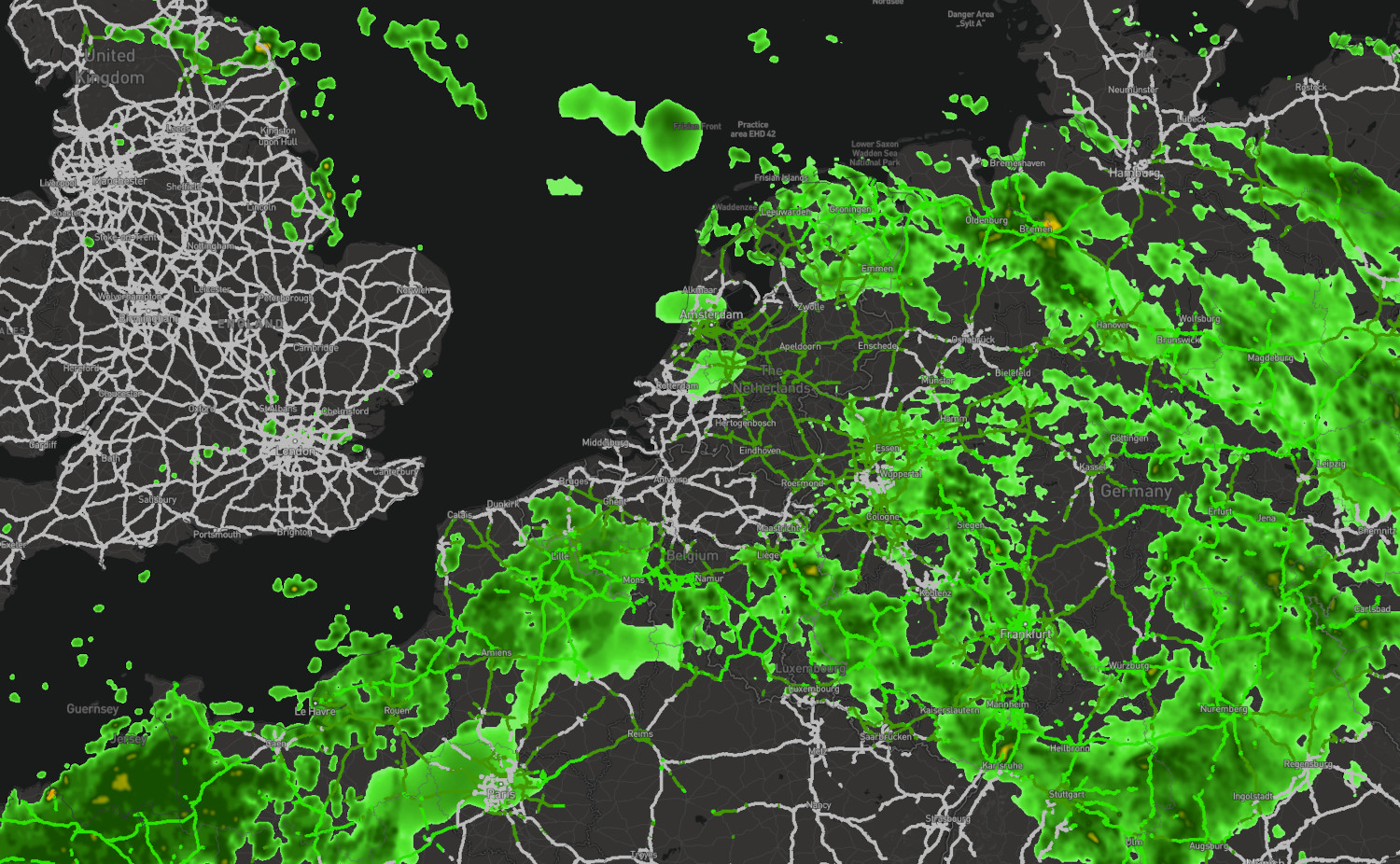Traffic accidents are an unfortunate part of our lives, but we—naturally—have grown accustomed to the reality that humans make errors. Distracted driving, speeding, and driving under the influence are some of the more common human-related causes, a fact reinforced by their frequent mention in local news. Not far down the list of leading causes of accidents is weather: about one in five US road accidents is weather-related. Ice, heavy rain, fog, heat, wind, and other weather can rapidly compromise a driver’s decision-making.
It’s foggy with a drizzle. Air temperature is hovering just above 32F; visibility is poor. Suddenly, you realize the road surface is covered with ice. You start braking, but you are too close to the vehicle ahead of you. You brake harder and your car loses grip, sliding out of control and colliding with traffic…
Unfortunate; yet very human and forgivable. Computers, however, are held to a much higher standard – and unlike human-caused accidents, every AV accident gets broad media and public attention.
Truth is, with all of this state-of-the-art in-vehicle tech, we are not far off from finally letting computers take the wheel—but that’s hardly enough to ensure sufficient traffic safety, especially when the weather comes into play. If we are ever to reach true autonomous road transportation, it will be with a road network as intelligent as the vehicles that drive it.
We can see the effect of weather-smart roads in areas that experience regular winter weather—especially in the US. Some studies show a 25 to 40% decrease in accidents on roads with some road weather safety technology. And yet, most roadways still aren’t much more than asphalt, signs, and guardrails.
Most smart road projects today are focused on installing cameras used for analytics or to inform digital road signs and sensors for variable speed limits that change depending on conditions. Some roadways leverage road weather systems for measuring pavement conditions. Urban environments in particular are seeing a focus on adapting to smart technologies. Whether on city roads or highways, for autonomous vehicles and advanced driver-assistance systems (ADAS) to work safely in hazardous weather, it helps to have real-time intelligence on the nearing road weather conditions—one, two, or five miles ahead. The solution for this goes beyond in-vehicle sensors, as they never cover all stretches of road ahead. And incomplete weather information leads to faulty decisions.
Weather ≠ road weather
Equipping highways with ground and remote sensors that feed real-time, quality information about the conditions on and around road surfaces is a great place to start. Data from these sensors is integrated into road weather forecast models that accurately simulate and predict the conditions on the road surface. This is already a part of many Department of Transportation efforts and even modern approaches like Cavnue’s self-driving project on Michigan’s I-94. It’s scalable, readily available, affordable technology. So, why aren’t we doing this for every major road?
Let’s say we weatherproofed the I-45 corridor between Houston and Dallas, Texas. It’s a 240-mile stretch of highly-traveled interstate and an important test road for autonomous trucks. Along the way, there are a few dozen overpasses, where road surface conditions are different because of the air underneath.
Let’s add one weather sensor for each overpass, and one placed every 10 miles in between—and now we can model the entire stretch of road. We now know, in real-time, when and what parts of the road are safe to drive on and can accurately forecast if conditions will improve or worsen. We can warn both drivers and autonomous vehicles about everything from wind danger to the potential of hydroplaning. In the rare, yet seemingly increasing, cases of winter conditions in Texas, we would be prepared to respond to icy conditions.

Combining the foresight of weather-smart roads and the reactionary help of vehicle-mounted technology would have a major impact on road safety. No nasty surprises around the next corner, and significantly fewer accidents. This recipe can be repeated for any major road and for any conditions. Vehicle-mounted equipment can only get us so far. To build the autonomous road transportation systems of the future, we need to start by building smart roads today. So let’s keep our eyes on the road, both literally and figuratively!
Scott Mackaro,
Head of Insights & Innovation, Vaisala Xweather
The smart road networks of the future are being born right here
With 20+ years in road weather, we’re committed to improving road travel for everyone. Our brand-new Road Weather API is available for the contiguous United States, Europe, Japan, Australia, New Zealand, and parts of Canada. It provides real-time and forecast data and mapping layers that inform people and vehicles about the dangers ahead, helping businesses and individuals make better-informed decisions on the road.
Test-drive the Road Weather API in our MapsGL demo.
